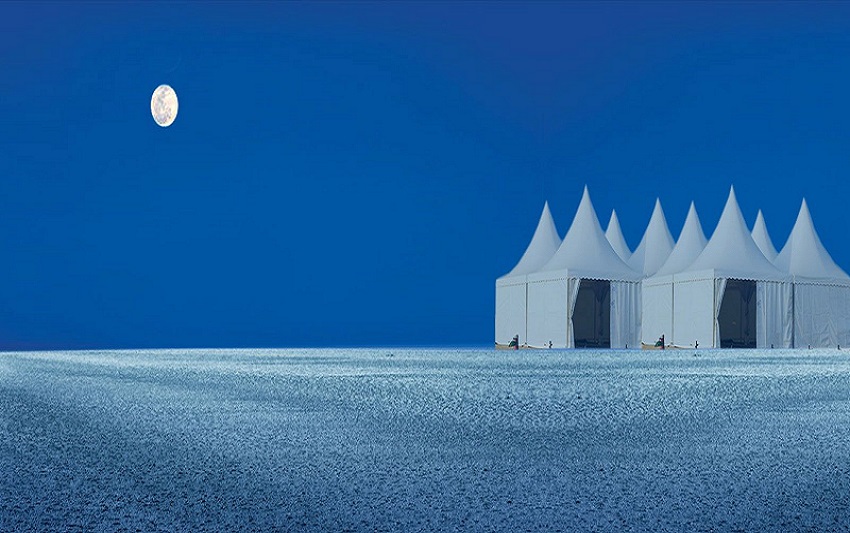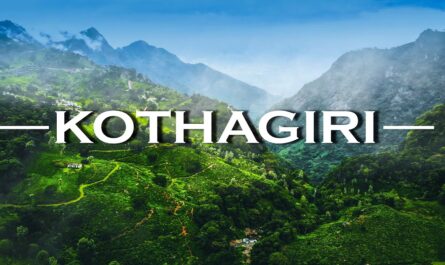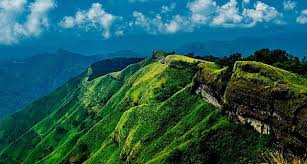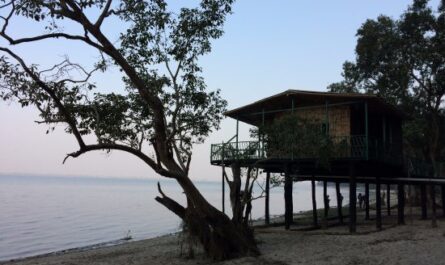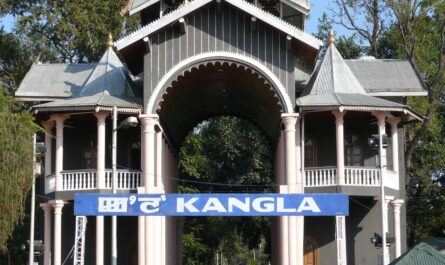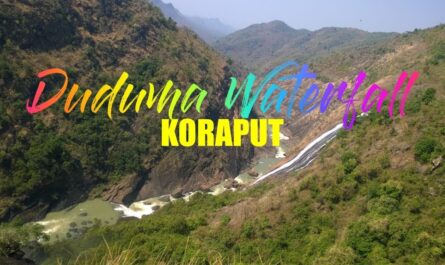Place – Rann of kutch | State – Gujarat | Country – India
Gujarat Tourism | Gujarat Tourist Places | Gujarat Travel Guide
Rann of kutch Tourism | Rann of kutch Tourist Places | Rann of kutch Travel Guide
About Rann of kutch
In the Thar desert of the Kutch district of Gujarat, India, the Grand Rann of Kutch is a salt marsh. It is about 7,500 km2 and is considered to be one of the world’s biggest salt deserts. The Kutchi people lived in this area.
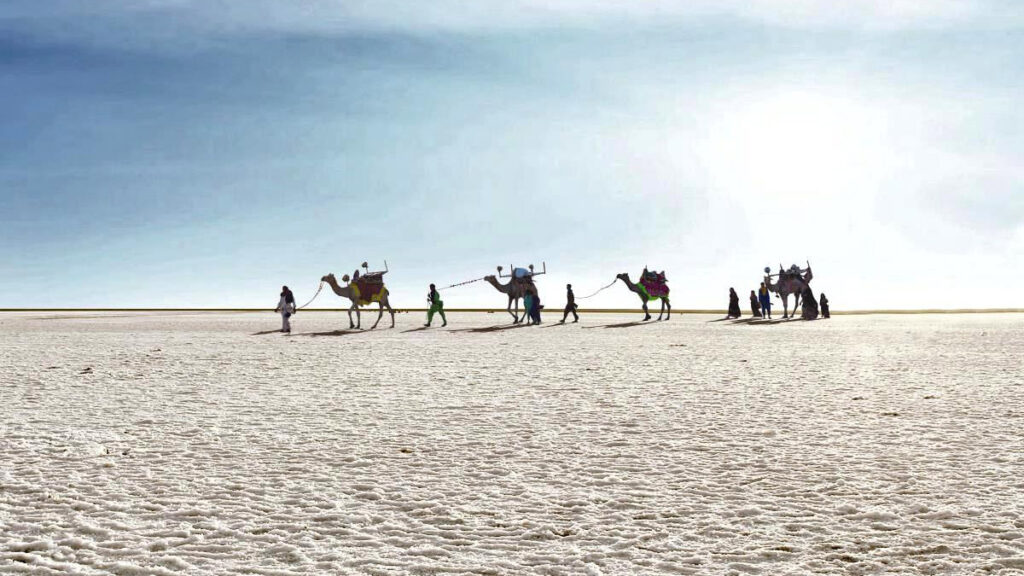
The Rann of Kutch is found primarily in the indigenous state of Gujarat and is named after Kutch district. Any sections go to the Sindh province of Pakistan. The term “salt marsh” means Rann.
The Rann of Kutch extends over 26,000 km2 (10,000 square miles). The bigger portion of the Rann is the Great Rann of Kutch. It ranges east and west, to the north the Thar Desert and to the south the low mountains. In southern Pakistan, the Indus River Delta lies to the west. South east of the Great Rann, the Little Rann of Kutch stretches south to the Gulf of Kutch.
The Luni, Bhuki, Bharud, Nara, Kharod, Banas, Saraswati, Rupen, Bambhan, and Makhu are the major rivers that flow from Rajasthan and Gujarat into the Rann of Kuth. At the Western end of the Great Rann is situated Kori Creek and Sir Creek, tidal creeks that are part of the Delta of the Indus River.
The region is usually flat and very near to the sea level. During monsoon, much of the Rann floods every year. There are sandy highlands called bets or medaks, two to three meters higher than the flood. Trees and shrubs increase on the bets and establish wildlife refuges during yearly floods
The Rann of Kutch is a remarkable place to visit Gujarat. It is also known as the Great Rann of Kutch. Most of it is a greatest salt desert in the world, covering about 10,000 km2 (3,800 square miles). More incredible is that during India’s biggest monsoon season, the salt desert is submerged. This is a massive stretch of packed white salt for the remaining eight months of the year. Here’s all you need to come.
Location
The huge, dry span of the Great Rann of Kutch is on the top of the Kutch district, north of the Tropic of Krebrown Cancer (you’ll pass and see the sign). The border between India and Pakistan forms the northern frontier.
The best way to the Great Rann is through Bhuj. Dhordo was built by the Gujarat government as the gateway to the Rann, about an hour and a half north of Bhuj. The salt desert’s edge is Dhordo.
Best Time to Visit Rann of Kutch
In October every year, the Rann starts to dry up and continuously transforms into the bleak and unreal desert of salt. Towards March is the tourist season. Near to the end of March lodging and don’t reopen until November. In March you will be in the tourist season in order to escape the crowd and experience more comfortably. But in April and May, during a day trip from Bhuj, you can still visit the salt desert. But during the day, it’s really sunny. In addition, there is a shortage of basic tourism facilities (food, water and toilets). However, you’ll get a lot of the salt desert for yourself!
Only in the early morning or evening is it best to go out into the desert, or else the salt will shut up. You will take a camel safari in the desert with moonlight. The full moon is the most enchanting time of the month.
Permits for Visiting the Rann of Kutch
Due to its proximity to the Pakistani border, the Rann of Kutch is a vulnerable region. A permit to enter the salt desert is also mandatory. This is done on the way to the village of Bhirandiyara (famous for mawa, milk sweet), about 55 kilometers from Bhuj. For an adult, it costs 100 rupees, for a small child six to 12 years of age 50 rupees, for an automobile 25 rupees and for a vehicle 50 rupees. A photocopy of your ID and the original are needed. Remember that the checkpoint will only be opened late at 11 a.m. and not during the off-season. Indian residents can now procure permits online here, as an option.
At the entrance to the salt desert at the Army Checkpoint about 45 minutes after Bhirandiyara village, you must apply the authorization.
Where to Stay
Staying in Dhordo or near Hodka is most comfortable.
Gateway to the Rann Resort in Dhordo is the most common choice. It consists of characteristic, traditionalement handmade Kutchi bhungas (mud huts). Tariffs begin at 4,500 rupees per night for double air-conditioning.
Tourist accommodation is also built in Gujarat, the Toran Rann Resort, in front of the military checkpoint in the salt desert entrance. This resort is nearer the desert, but it’s not especially picturesque. Accommodations in Bhunga are 4,500 to 5,500 rupees per night plus tax. Included are breakfast and dinner.
Shaam-e-Sarhad (Sunset on the Border) Village Resort in Hodka is another suggested choice. The resort belongs to local people and is governed. You are permitted to stay in green mud tents or traditional bhungas (3,400 rupees per night for doubles, including food) (4,800 rupees per night for a double, including meals). Both toilets and running water have been fastened, but only buckets provide hot water. There are also cottages for couples. A highlight are trips to local artist cities.
The Rann Utsav
The Rann Ustav Festival, which starts in early November, lasting to the end of February, is held in Gujarat Tourism. Near the Gateway of the Rann Resort in Dhordo a tent city with hundreds of luxurious tents, food and crafts stalls are built for the visitors. Tours to nearby attractions are included in the package price. Camel card trips, ATV rides, para-engine games, rifle shooting and amusement areas for children, spas and cultural events were included in the activities offered. Unfortunately, in recent years the festival has been increasingly sold, contributing to contamination and waste in the city.
Other Ways to See the Rann of Kutch
Kalo Dungar (Black Hill) provides panoramic views from 463 meters above the sea level if you want to see Kutch’s Rann from a particular viewpoint. This is the highest point in Kutch and the Pakistani border is visible all the way across. The village of Khavda, 25 km away and some 70km (44 miles) from Bhuj, accessible via Kalo Dungar. In this village there are craftsmen, including ajrakh block printing from Pakistan who specialize in block printing. The easiest way to take your own transport is to rarely take public transport. Another beautiful view of the Rann of Kutch is the Old Fort Lakhpat (140 km from Bhuj).
How to Reach Rann of Kutch
By Air :
Daily flights connect Kutch Airport in Bhuj with the rest of the world. You can easily reach your destination by bus or taxi from the airport.
By Rail :
Your best bet is to get to Kutch through the railway station in Bhuj. You could conveniently hire taxis while in Bhuj or board a bus.
By Road :
State transport and private bus services from most of Gujarat’s major cities and some even from Rajasthan to Kutch are available. You can also rent taxis easily. You can also drive and use national road 8A to enter Kutch as the best route you can take.
Places to Visit in Gujarat, Tourist Places in Gujarat, Sightseeing and Attractions in Gujarat
| Stay tuned on chaloghumane.com for authentic information on offbeat travel places. |

